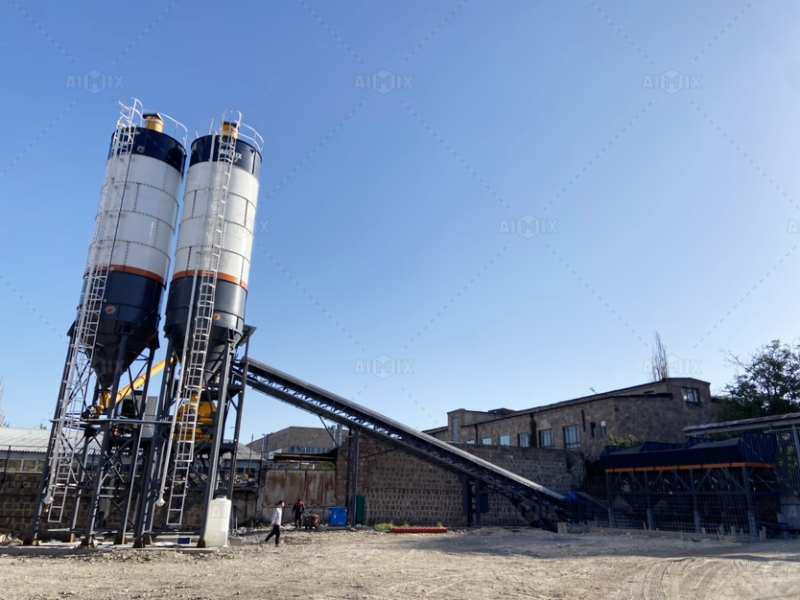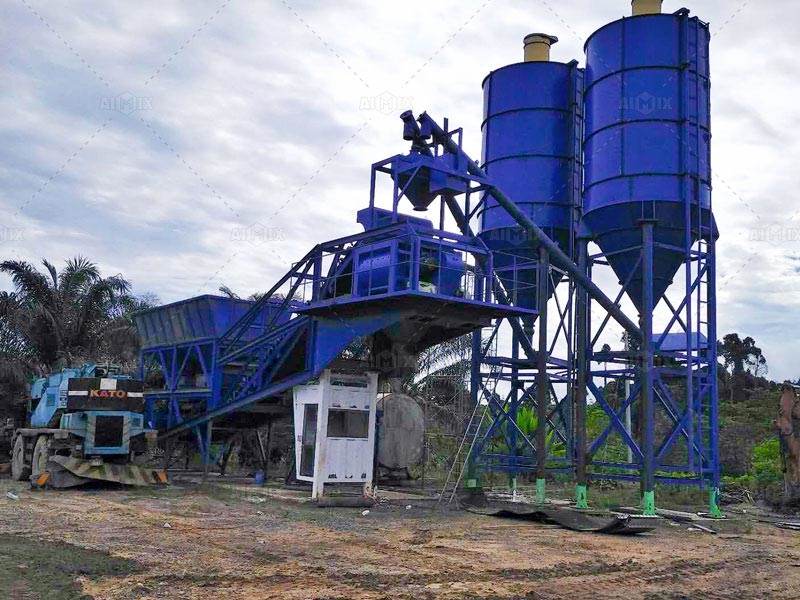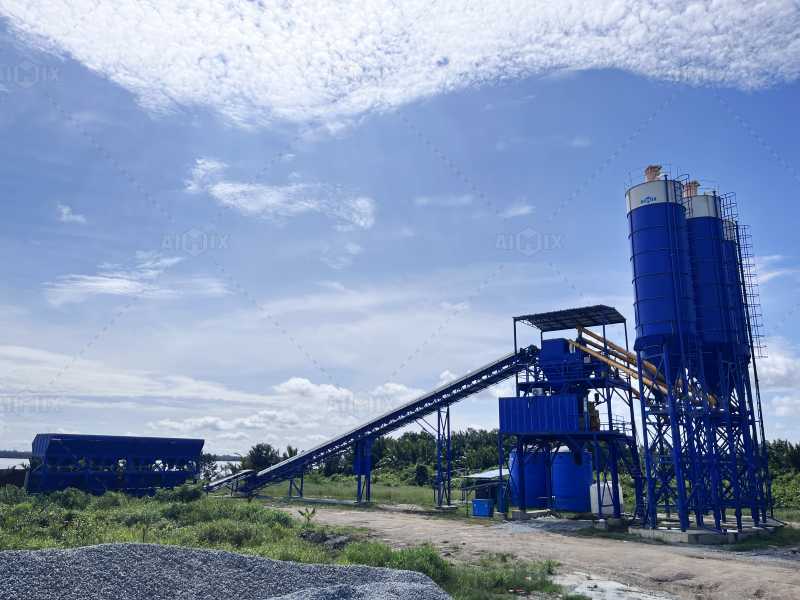Concrete plants are the backbone of the construction industry, providing the vital material used in everything from roads to buildings and infrastructure projects. As the demand for concrete grows globally, so does the need for efficient, durable, and cost-effective concrete plants. Different regions of the world have unique requirements, leading to variations in the types of concrete plants available for sale. This article delves into the best concrete plants for sale in North America, Europe, and Asia, providing insights into regional preferences, technological trends, and the key factors influencing purchasing decisions.

North America: Focus on Efficiency and Sustainability
North America, particularly the United States and Canada, is one of the largest markets for concrete plants. With its robust construction industry and rapid urbanization, the demand for high-capacity, environmentally friendly, and efficient concrete plants is at an all-time high.
Types of Concrete Plants in North America:
- Central Mix Plants: Central mix concrete plants are widely favored in North America due to their ability to produce high-quality concrete in large volumes. These plants mix all the ingredients of concrete (cement, sand, gravel, and water) in a central mixer before being transported to the construction site. This ensures uniformity and higher-quality concrete, making them ideal for large-scale infrastructure projects such as highways, bridges, and dams.
- Mobile Concrete Plants: As construction projects become more dynamic and are spread across various locations, mobile concrete plants have gained popularity. These plants are portable, allowing for easy relocation from site to site. North American businesses often opt for mobile plants because they offer flexibility and faster setup times, minimizing delays in production.
- Wet Mix Plants: Wet mix concrete plants, where concrete is mixed before transportation, are also common in North America. These plants are highly automated, reducing manual labor and increasing production efficiency. They are typically used in large construction projects where a continuous supply of high-quality concrete is required.
Technological Trends: In North America, there’s a strong push towards sustainability and energy efficiency. Concrete plants are now incorporating advanced technologies such as automation, real-time monitoring, and green technologies. The integration of variable frequency drives (VFDs) and eco-friendly designs that minimize emissions and energy consumption is also becoming increasingly important. Suppliers in this region are focusing on providing concrete plants that can reduce carbon footprints while increasing production efficiency.

Europe: Precision and Innovation at the Forefront
Europe is known for its innovative approach to construction, with an emphasis on precision, sustainability, and high-tech solutions. The region’s concrete plants for sale cater to these needs, combining modern technology with eco-friendly practices.
Types of Concrete Plants in Europe:
- Modular Concrete Plants: European countries like Germany, France, and the Netherlands are home to many modular concrete plants. These plants are designed for easy assembly and disassembly, making them perfect for projects that require mobility and adaptability. Modular plants offer flexibility and can be customized for different types of projects, such as residential, commercial, and civil infrastructure.
- Concrete Batch Plants: These plants are particularly popular in Europe, especially in countries with a high demand for ready-mix concrete. Batch plants are designed to mix concrete in predefined batches, which ensures quality control and consistency in the final product. European suppliers often provide high-precision batch plants that meet strict European Union standards.
- Compact Concrete Plants: Compact concrete plants are commonly found across Europe, particularly in urban areas with space constraints. These plants offer smaller footprints while maintaining high production capacities. They are ideal for construction sites with limited space but still require the production of large quantities of concrete.
Technological Trends: Europe is at the forefront of integrating automation, robotics, and artificial intelligence (AI) into concrete plant operations. Many suppliers in this region are offering concrete plants with smart sensors that monitor the mixing process, adjust settings in real-time, and predict maintenance needs. These technologies help reduce human error, optimize performance, and improve overall safety.
Another significant trend in Europe is the push for sustainability. European concrete plants are increasingly designed to reduce emissions, recycle waste materials, and lower energy consumption. The European Union’s green construction initiatives have further spurred the development of energy-efficient and environmentally friendly plants.

Asia: Rapid Growth and Flexibility
Asia, particularly China, India, and Southeast Asia, is one of the fastest-growing regions in terms of construction and infrastructure development. The demand for concrete plants in this region is immense, with many countries focusing on developing modern cities, transportation networks, and industrial complexes. The region’s large-scale infrastructure projects require concrete plants capable of delivering high volumes of quality concrete with flexibility in terms of design and operation.
Types of Concrete Plants in Asia:
- Stationary Concrete Plants: In Asia, stationary concrete plants are commonly used for large, long-term infrastructure projects. These plants are highly durable and capable of producing large quantities of concrete with minimal downtime. They are often preferred for high-capacity construction works such as airports, highways, and commercial complexes.
- Mobile and Portable Concrete Plants: Given the diverse nature of the construction industry in Asia, mobile and portable concrete plants are also in high demand. These plants are easy to transport and set up at different job sites, making them ideal for ongoing projects or those that require flexibility in production locations.
- Concrete Block Plants: Concrete block production is crucial in countries with rapid urbanization and housing demand, such as India and China. Concrete block plants are designed to manufacture building blocks efficiently. These plants typically combine batching, mixing, and molding processes to produce a wide range of concrete products used in residential and commercial construction.
Technological Trends: Asia is also embracing new technologies, particularly in terms of automation and energy efficiency. In countries like China and Japan, advanced automation systems and computer-controlled batching are becoming standard in concrete plants. Suppliers in this region are offering plants with automated quality control systems, which ensure consistency and reduce the chances of human error.
Moreover, Asia is increasingly turning to green technology, with concrete plants designed to minimize energy consumption and optimize the use of raw materials. In many parts of Asia, sustainability is becoming a significant factor in construction, and concrete plants are being built with this in mind.
Conclusion
Each region—North America, Europe, and Asia—has distinct preferences and requirements when it comes to concrete plants. In North America, efficiency and sustainability are top priorities, with a strong demand for central mix, mobile, and wet mix plants. Europe leads the way in innovation and precision, with modular, compact, and batch plants gaining popularity. Asia, driven by rapid growth, favors flexibility, and scalability, with a strong market for stationary, mobile, and concrete block plants.
As the construction industry continues to evolve globally, concrete plants will adapt to meet these regional needs, with a growing focus on automation, sustainability, and energy efficiency. For businesses looking to invest in a concrete plant, understanding these regional differences and trends will be crucial to selecting the best plant for their needs.